 It can be quite frustrating to accidentally delete a game folder or your save game data. In case of the latter, you could end up losing months of progress. To help you out, we’ve created a guide containing several methods on how to recover a deleted game as well as restore your saved games, so you can get back to gaming in no time. The game client tutorials were created on a Windows PC, but the steps remain the same for a Mac.
It can be quite frustrating to accidentally delete a game folder or your save game data. In case of the latter, you could end up losing months of progress. To help you out, we’ve created a guide containing several methods on how to recover a deleted game as well as restore your saved games, so you can get back to gaming in no time. The game client tutorials were created on a Windows PC, but the steps remain the same for a Mac.
Table of Contents
How to Recover the Whole Game
Let’s take a look at some ways you can recover the entire game folder. It could’ve been deleted, or simply moved to another location on your disk. We’ll go through both scenarios in the methods below.
Fix 1: Locate the Game’s Install Folder
More often than you think, the game’s folder may still be present, but your game client (Steam, EA, Epic, etc.) is unable to locate it. Fixing this is simple, first, locate the game folder using Windows Search or File Explorer, then add that folder to your game client.
Here’s what the process looks like in two popular game clients – Steam, and EA:
Steam
- Launch Steam.
- Navigate to Steam > Settings > Download > Steam Library Folders. This will open the Storage Manager.
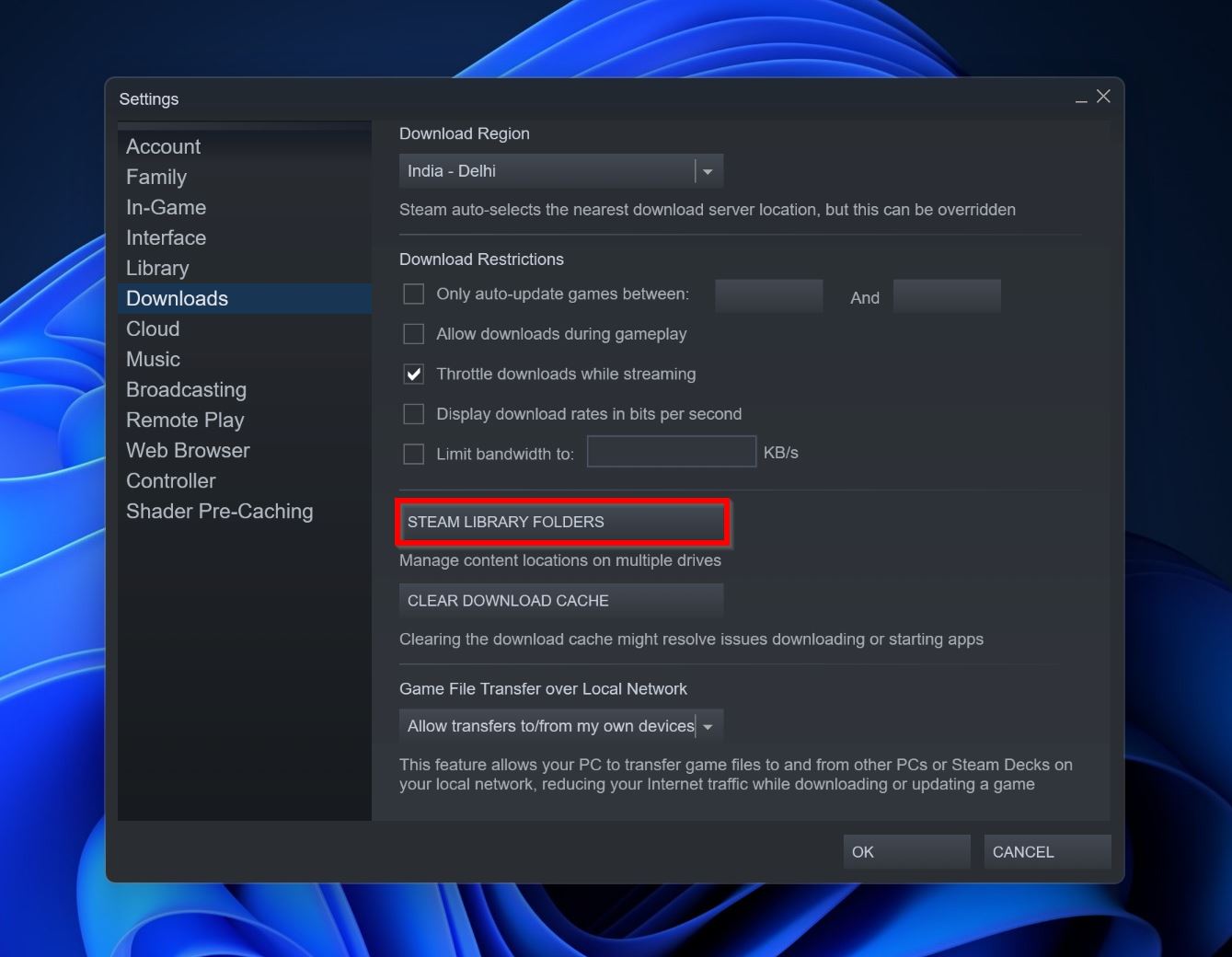
- Click on the plus icon.

- Use the drop-down menu and click on Let me choose another location. Click on Add.
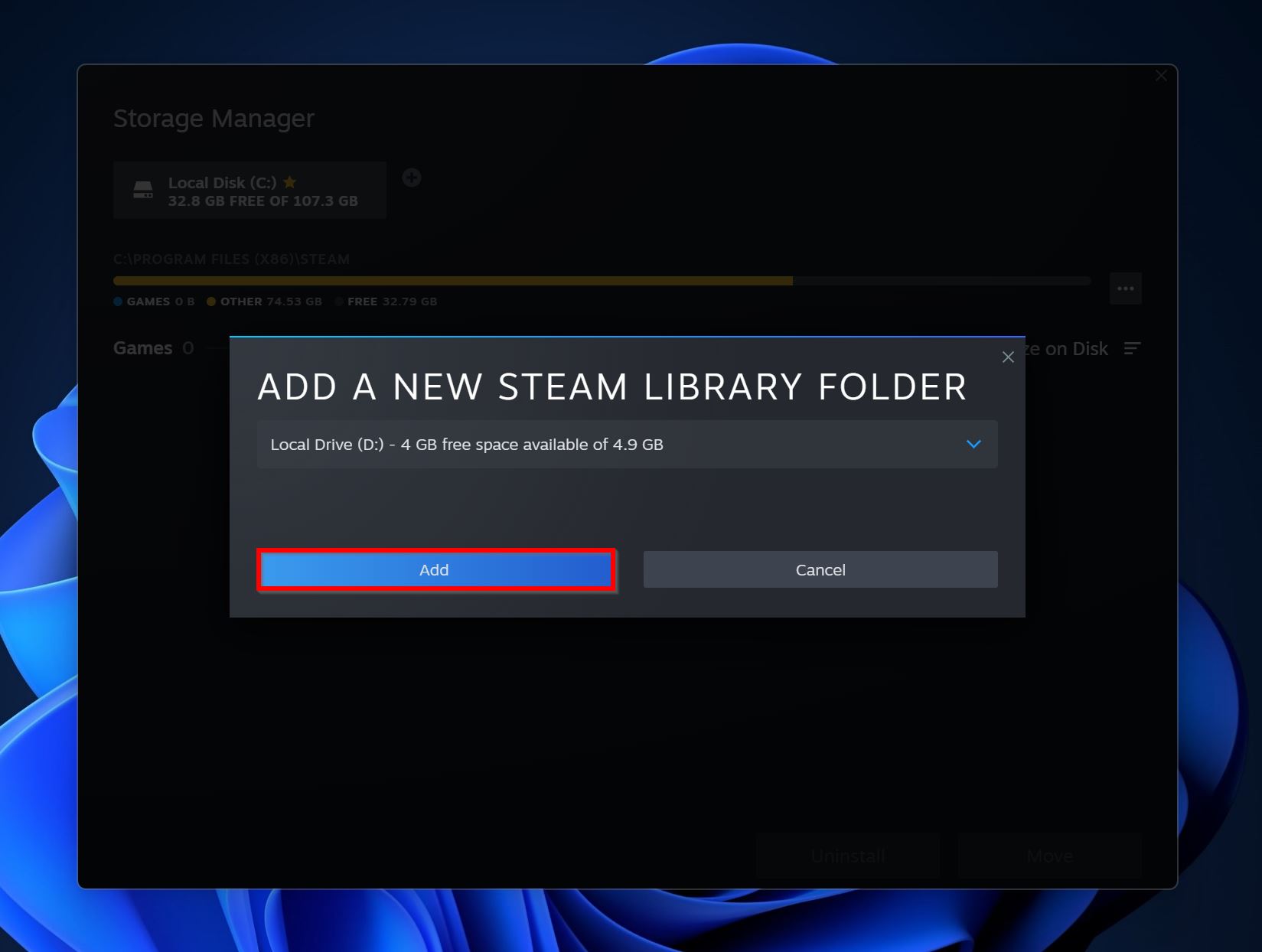
- Browse for the game folder and click Select.
- Wait for Steam to scan the folder for the installed games. It may take some time.
EA App (Formerly Origin)
- Open the EA app.
- Click on the menu icon at the top left. Go to Settings > Download.
- Click on Edit next to Install Location.

- Browse to the parent directory of the game folder and click OK.
Once you’ve added the game to Steam, or EA – both apps will run an integrity check to determine all the game data is there. If not, it will be downloaded.
If you use some other game client, it’s best to refer to the user guide or a forum post on how to add a pre-existing game to the client.
Fix 2: Restore Games From Backups
If you created a backup of your game before it was deleted, you can simply restore it and get back to gaming. The backup could be an official one created using the game client, or simply a copy of the game folder. If you’d set up the File History feature on Windows, you can likely locate the game using that as well.
Here’s how you can recover deleted games from a backup:
Steam
- Ensure the drive containing the game’s backup is connected to your PC.
- Launch Steam.
- In the top-left corner, click on Steam > Backup and Restore Games.
- Select the Restore a previous backup option and click Next.

- Click on Browse and locate the backup. Click Next.

- Steam will restore the backup.
EA App (Formerly Origin)
The EA App doesn’t have a dedicated backup and restore feature, but there’s an easy workaround to this. First, copy the backed-up game folder to your desired location, and then open the EA App – Menu > Settings > Download > Install Location > Edit. Here, browse for the parent directory of your game folder and click OK.
The game should appear in your game library, ready to play.
Windows File History
This method only works if File History was enabled before the game was deleted, and the game folder (or its parent directory) was selected as a folder to back up. If yes, use these steps to restore the game folder:
- Search for “file history” in Windows Search (Windows Key + S). Click on the Restore your files with File History option from the search results.
- Browse for the game folder using the navigation buttons at the bottom. Select the game folder and click on the green restore button.
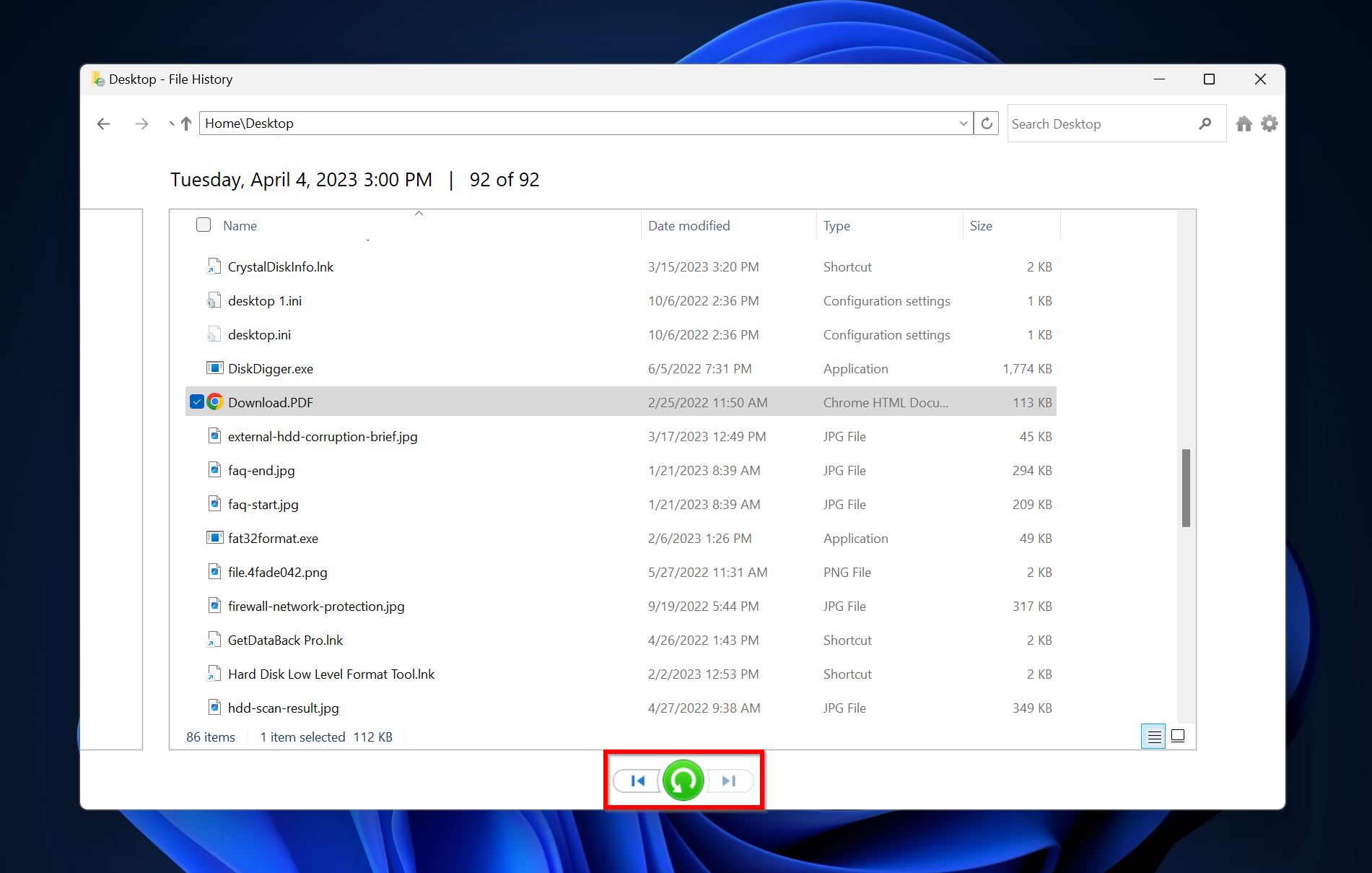
- The game folder will be restored to its original location.
Fix 3: Check the Recycle Bin
For indie titles and older video games, the installation size is usually small. In this case, it’s a good idea to take a look in the Windows Recycle Bin and see if the game folder is there. This only applies if you suspect that you deleted the game folder accidentally and didn’t knowingly uninstall it.
Here’s how to recover an accidentally deleted game from the Recycle Bin:
- Open the Recycle Bin by double-clicking the desktop icon, or simply search for it in Windows Search (Windows Key + S).
- If the game folder is there, right-click on it and choose Restore.

- The folder will be restored to its original location.
Fix 4: Redownload the Game
Modern games are huge and have a complicated branched folder structure, If you don’t have a backup, the recovery process can be excruciating, and it’s better to re-download the game using the game client.
What about the save games? The save games are typically synced to the cloud in most, if not all, video game clients. However, some older titles may not support this feature.
If the cloud-synced save game is not the latest one, or it is unavailable entirely, you can restore the locally saved game on your drive using data recovery programs. We’ll explore this in detail in the sections that follow.
How to Recover Selected Game Files
Often, it’s not the whole game, but specific files or saved games that go missing. Fortunately, these files can be easily recovered, using one of the methods described below. It’s best to attempt these methods as soon as you can.
Method 1: Check Antivirus Settings
Antivirus programs can falsely flag some of your game files as malicious, and quarantine them. Usually, this happens to .exe and .dll files. Before proceeding to the other methods in this section, it’s best to add an exception for these files in your antivirus and recover them from the quarantine folder.
The exact process will differ across different antivirus providers. But, if you’re using Windows Defender, here’s how you can add an exception as well as recover files from quarantine:
- Type “security” in Windows Search (Windows Key + S). Click on Windows Security from the search results.
- Click on Virus & threat protection in the Windows Security dashboard.
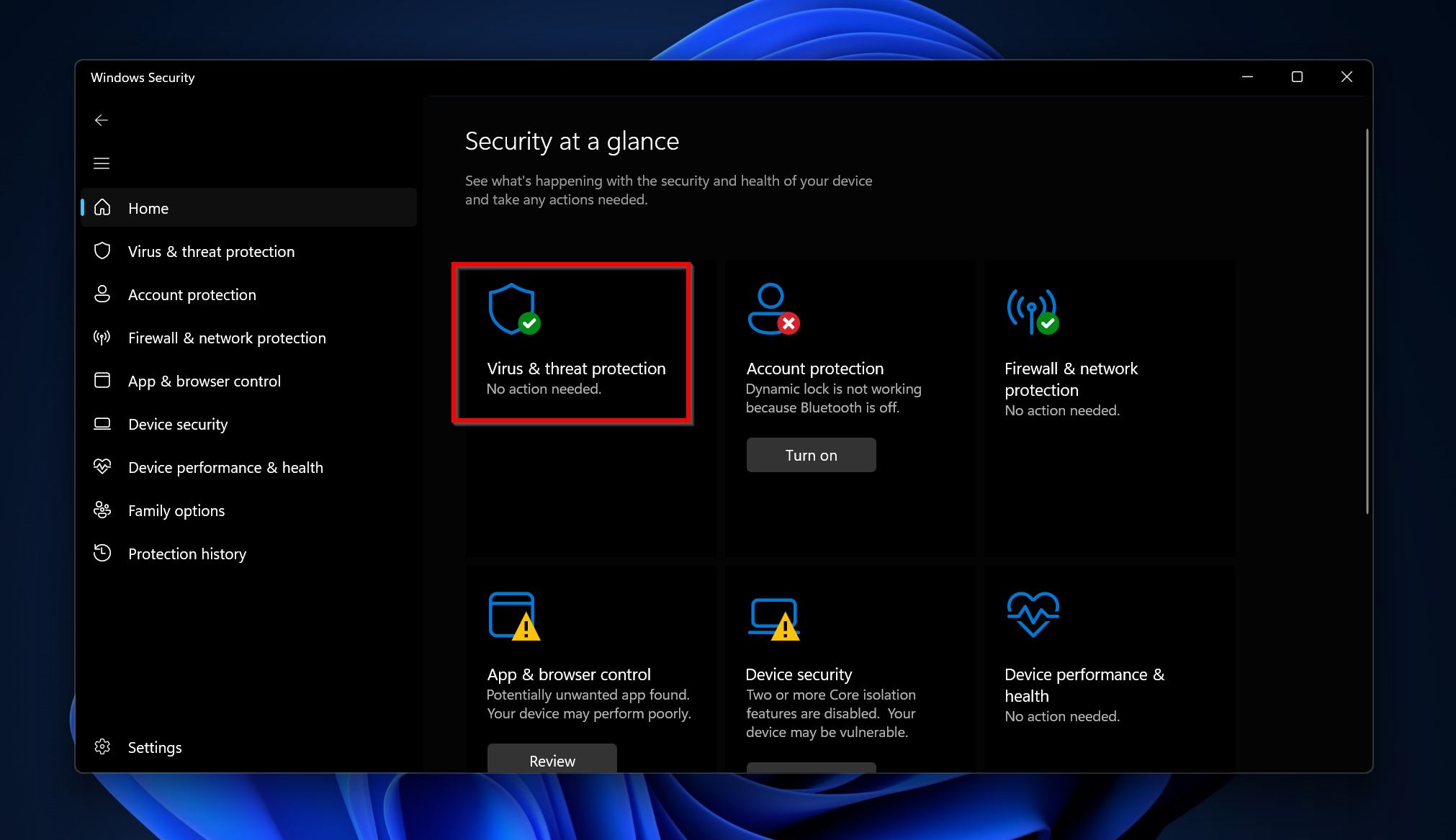
- Under Virus & threat protection settings, click on Manage settings.

- Scroll down and click on Add or remove exclusions in the Exclusions section.
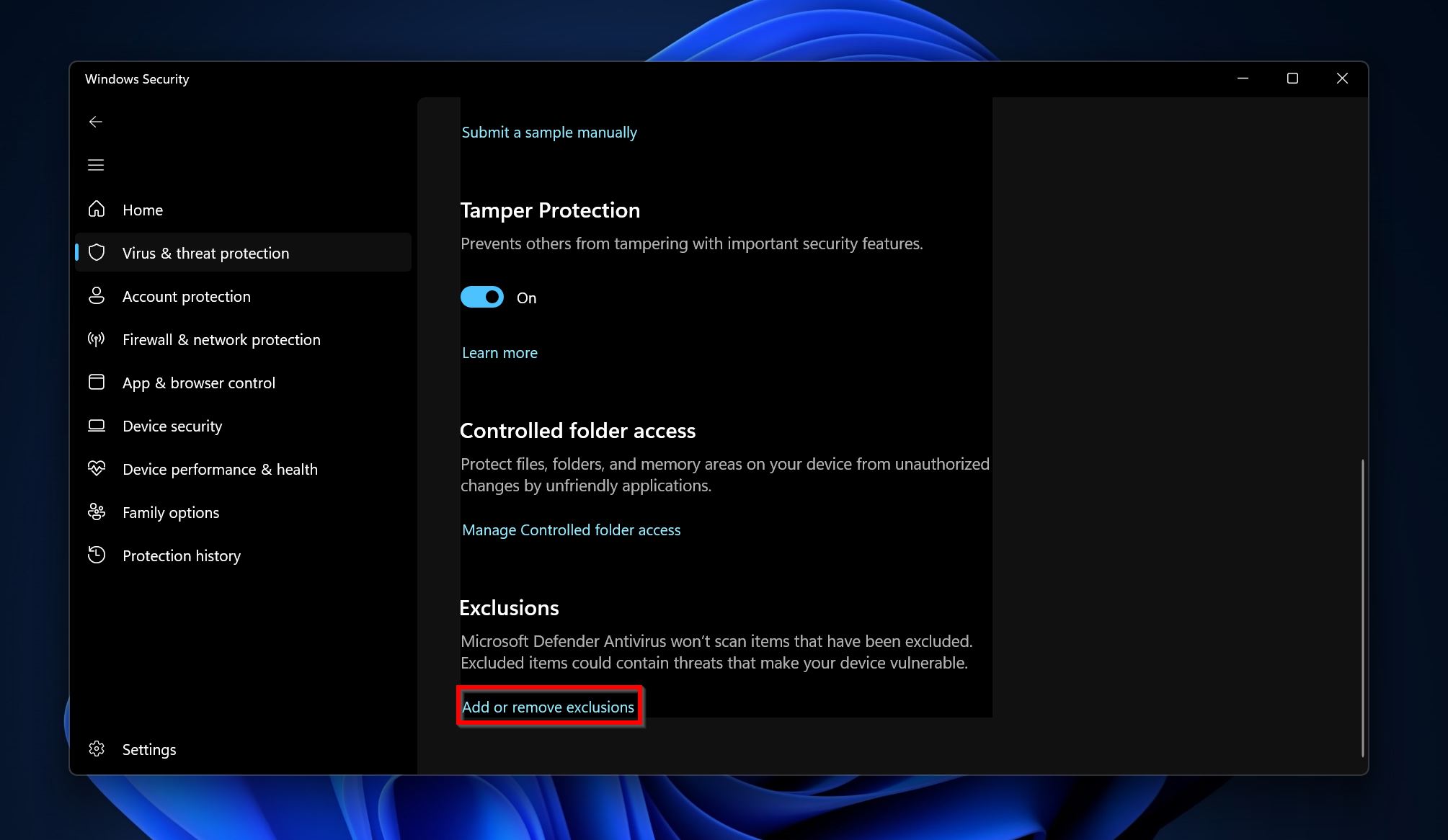
- Click on Add an Exclusion. Click on Folder and browse and select the game folder.
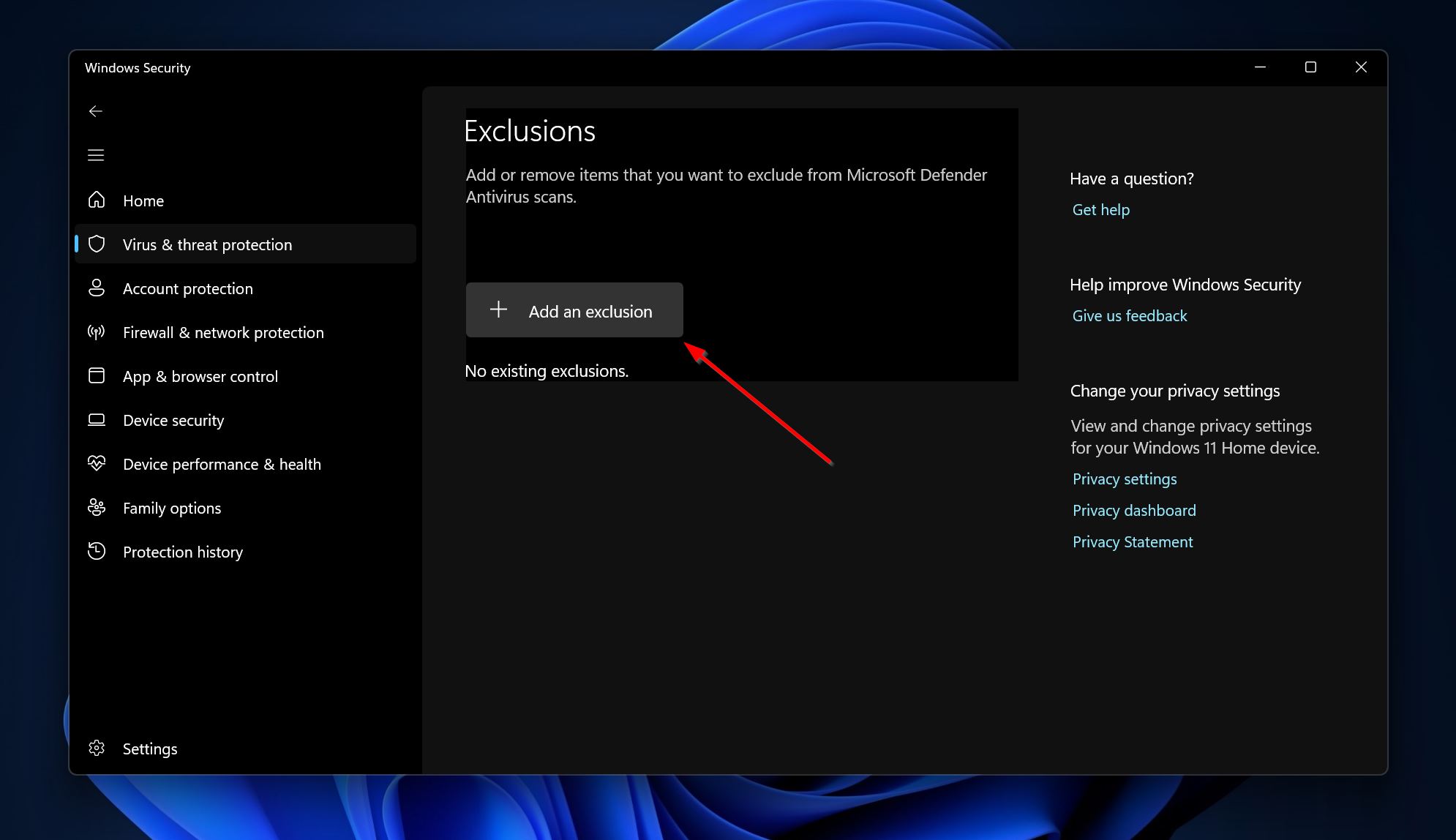
- Now, go back to the Virus & threat protection dashboard using the left navigation bar.
- Under Current Threats, click on Protection history. Find the game file, click Actions > Allow on device.
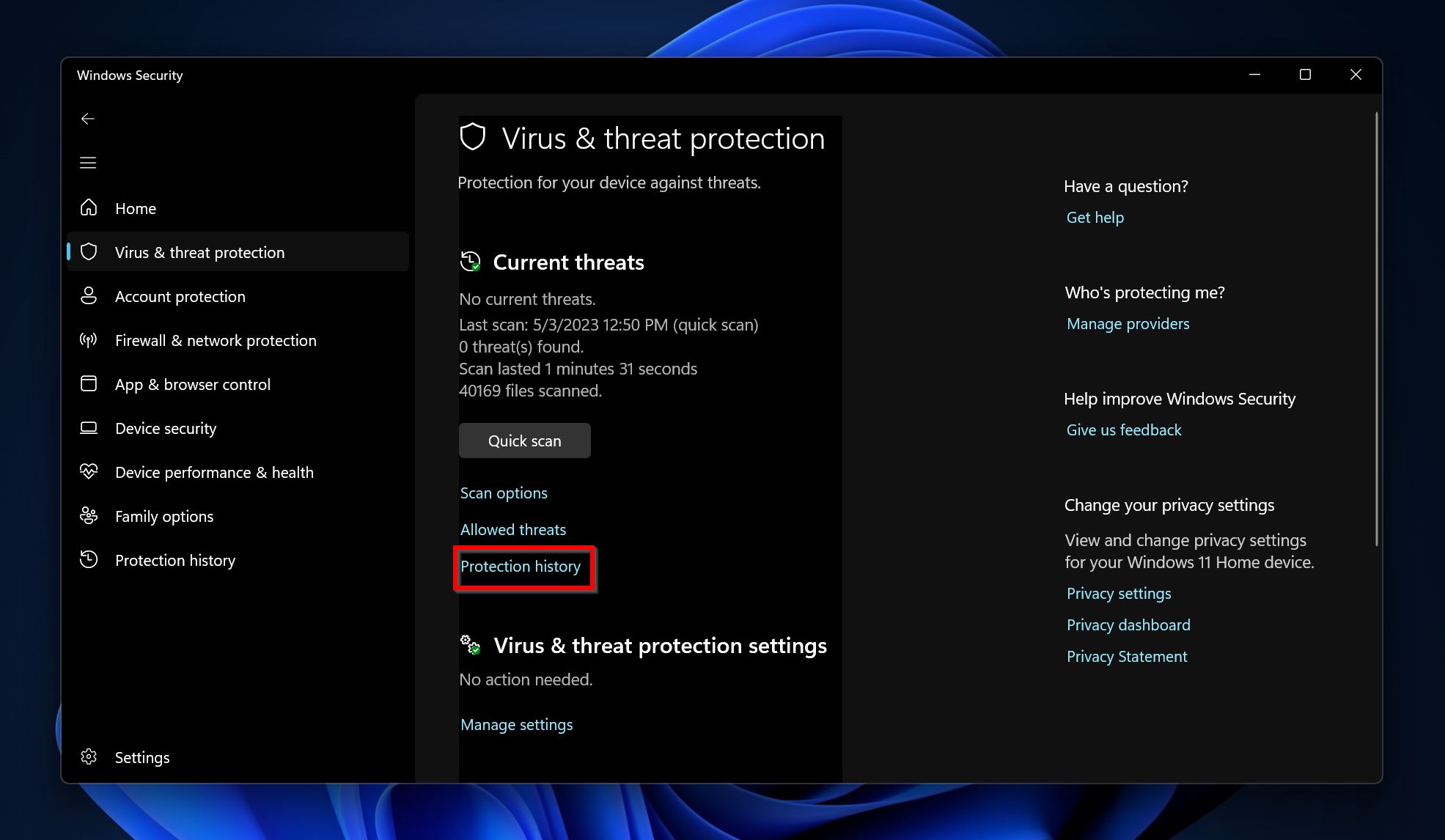
Method 2: Verify Game Integrity
Almost all video game clients have an integrity check feature. You can use the feature to ensure all the necessary game files are present. Here’s how you can use the feature in Steam, and the EA App.
Verify Game Integrity in Steam
- Open Steam.
- Go to Library.
- Right-click on the problematic game and choose Properties.
- In the Local files tab, click on Verify integrity of game files.
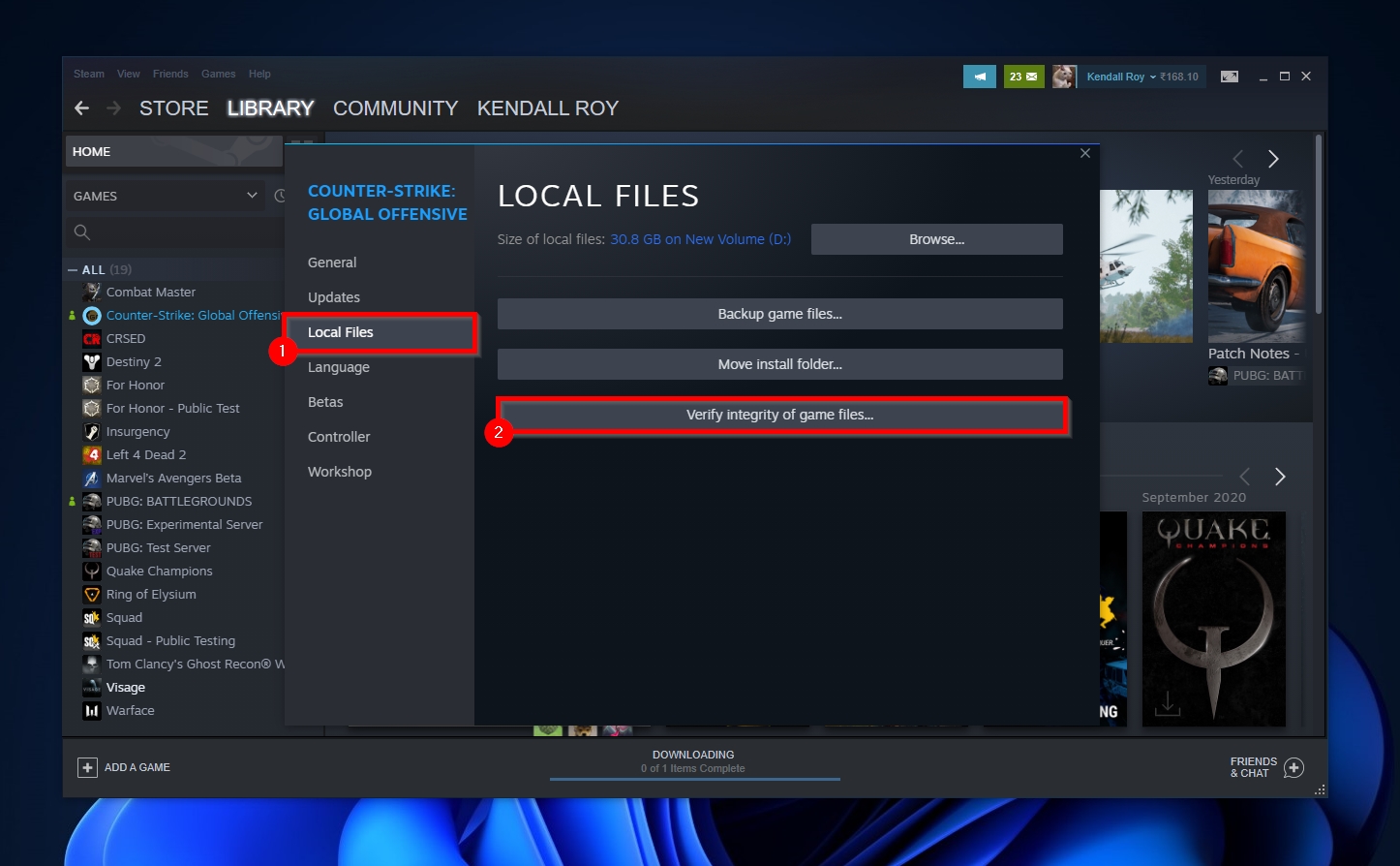
Repair a Game in the EA App
- Open the EA App and go to Library.
- Click on the three dots on the problematic game’s tile, and click Repair.

Method 3: Use Data Recovery Software
Third-party data recovery programs are an excellent choice if you want to recover a locally stored saved game, or the deleted game wasn’t downloaded using a client (you can’t verify the integrity of the game using Steam or EA in this case).
There are several data recovery apps on the web, but we decided to go with Disk Drill. It’s easy to use, has splendid data recovery algorithms, and recovers your files with the filenames intact. Windows users can take advantage of the free trial, which lets you recover up to 500 MB of data for free (more than enough if you’re only looking to recover save files and old games).
Note: Saved games are usually located in the C:\Users\Username\Documents\GameName folder or in the game folder itself.
Here’s how to retrieve a game or its save files using Disk Drill:
- Download Disk Drill and install it.
- Open Disk Drill, select the drive or partition where the game was installed, and click on Search for lost data.
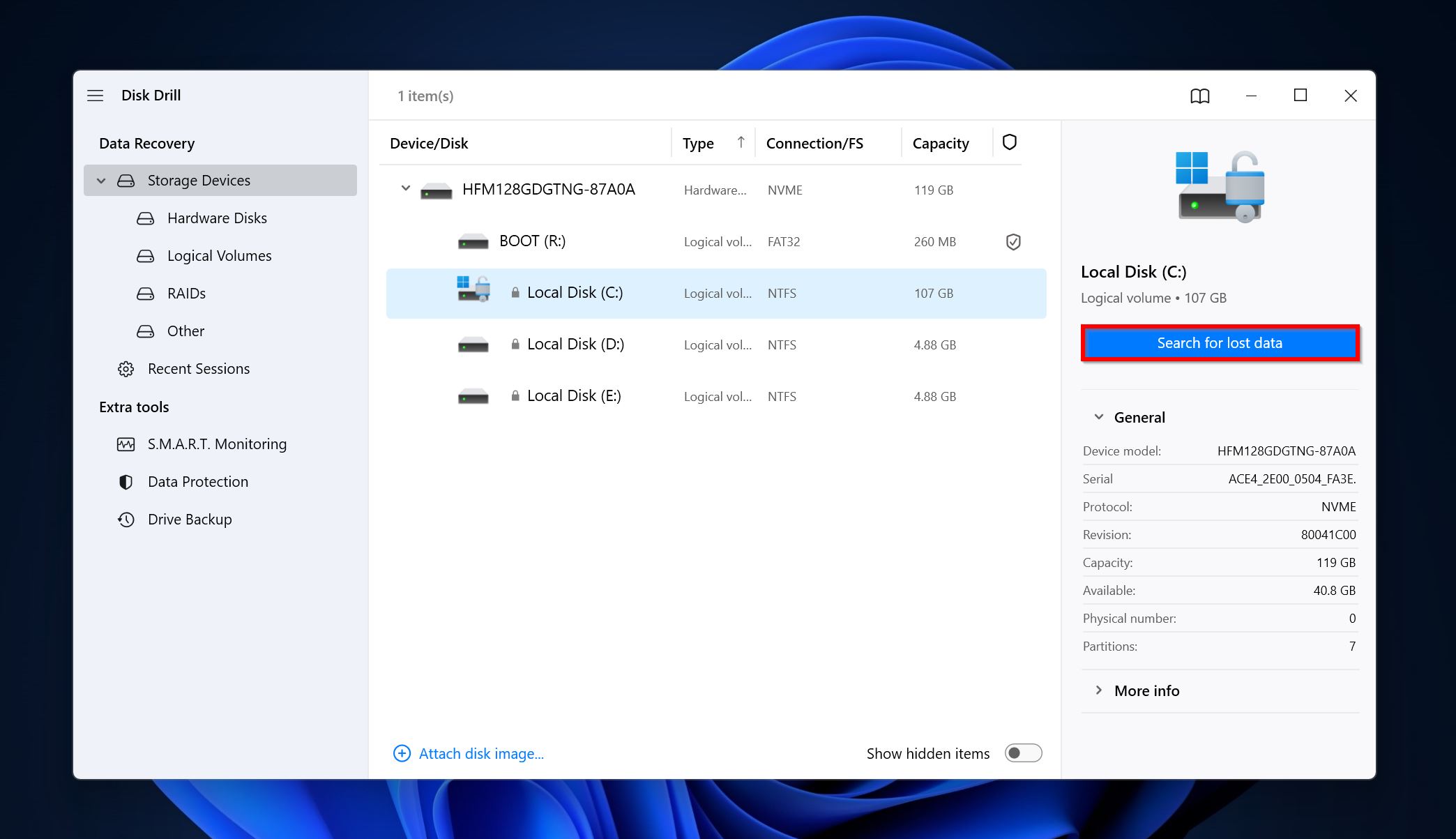
- Click on Review found items to view the recoverable files.

- Expand the Deleted or lost and Reconstructed sections to view deleted, recoverable files.
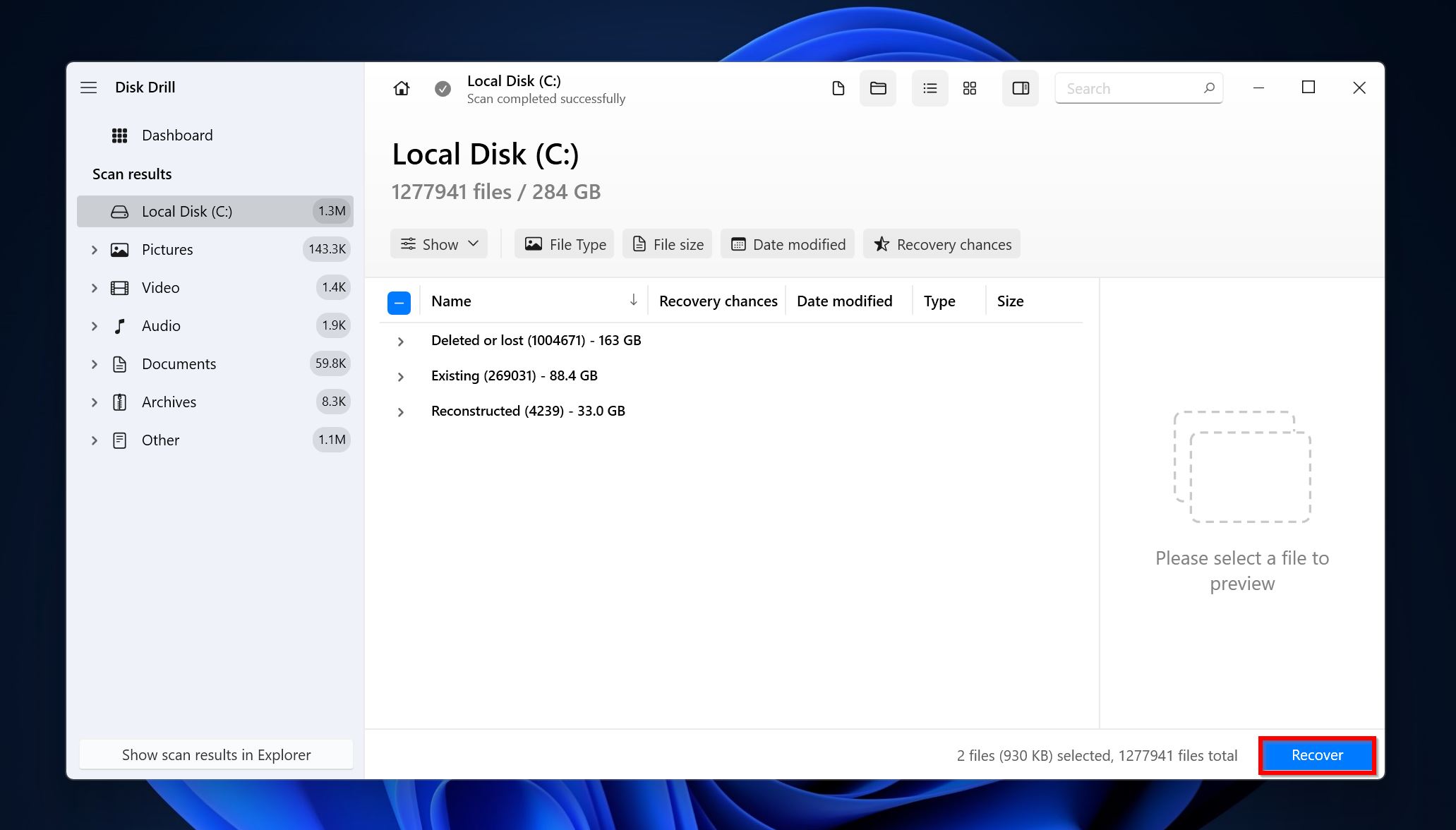
- Select the game’s save files using the checkbox and click on Recover.
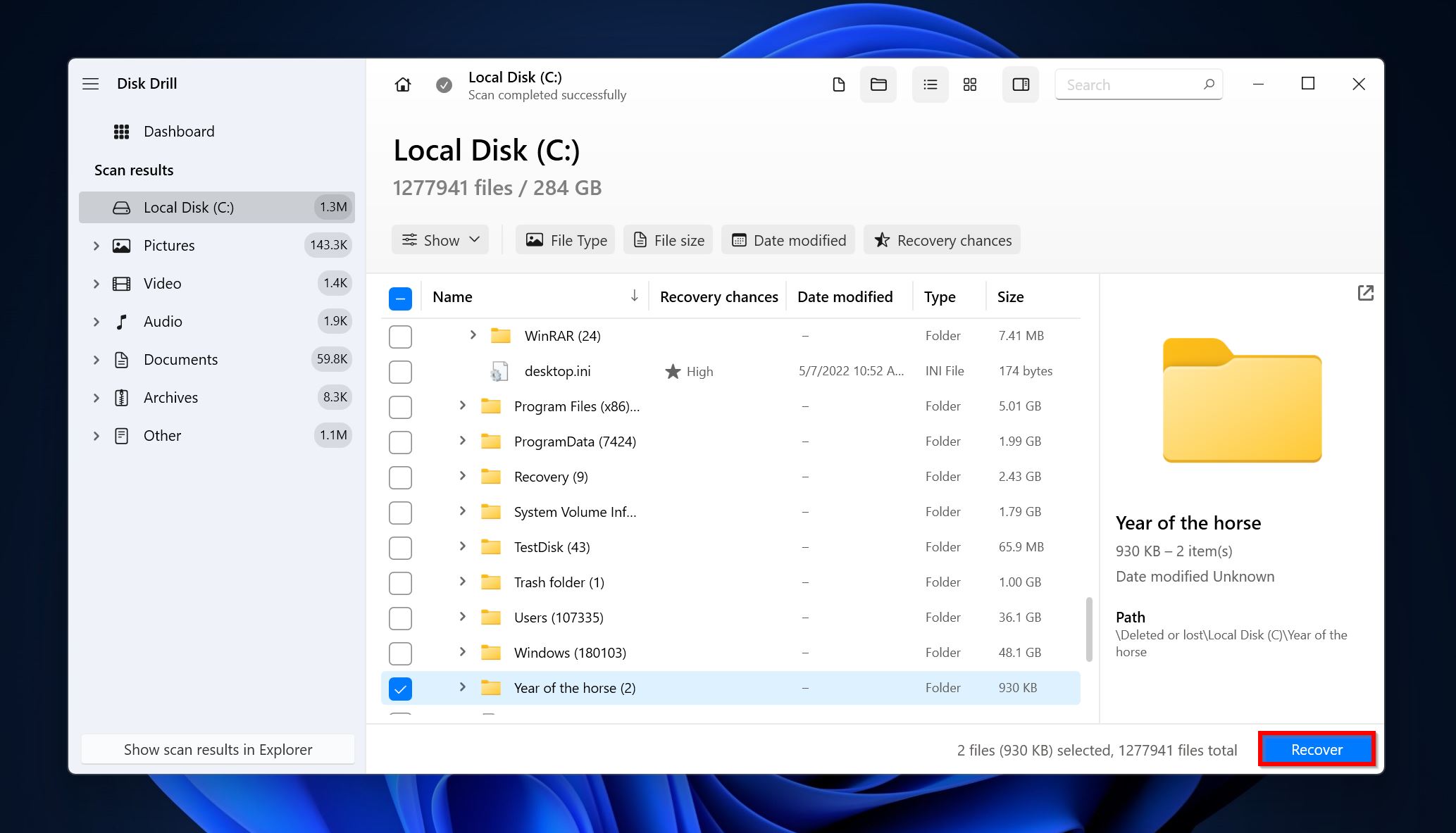
- Choose a recovery destination and click Next.

- Disk Drill will recover the selected files.
Conclusion
The best way to secure yourself against losing your game files and progress, is to create regular backups. Ideally, keep local backups of your game and local as well as cloud backups of your saved games.




